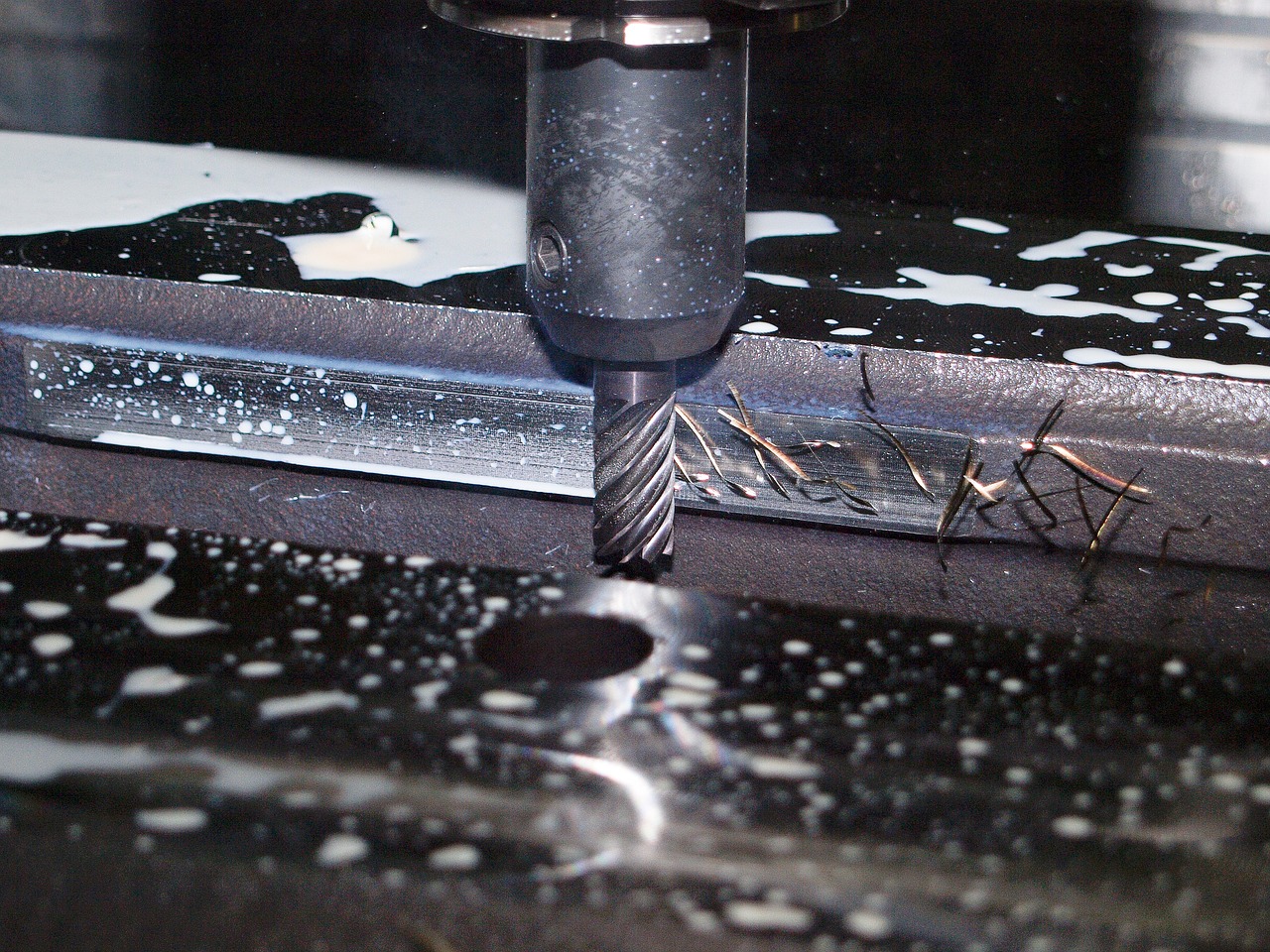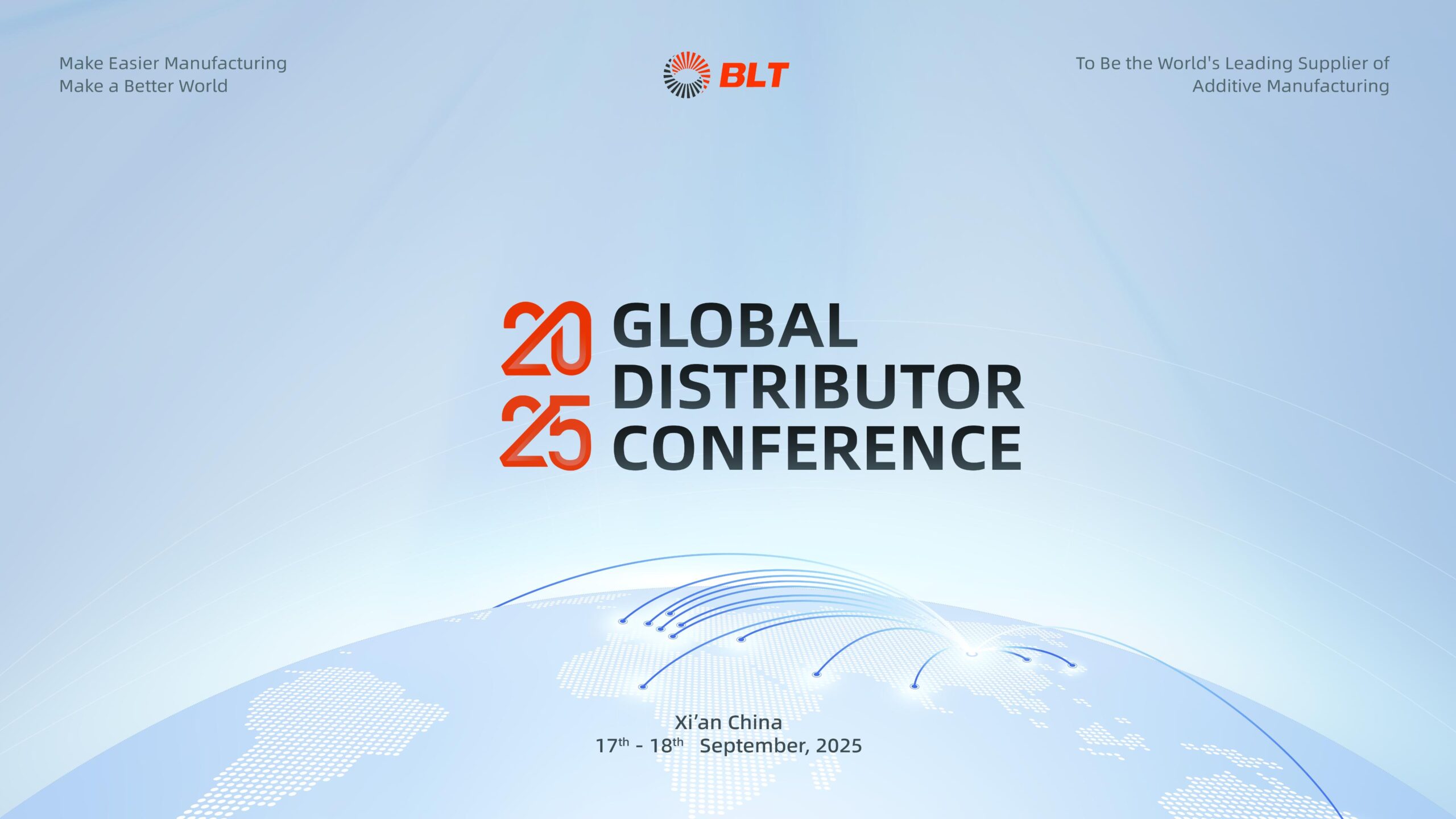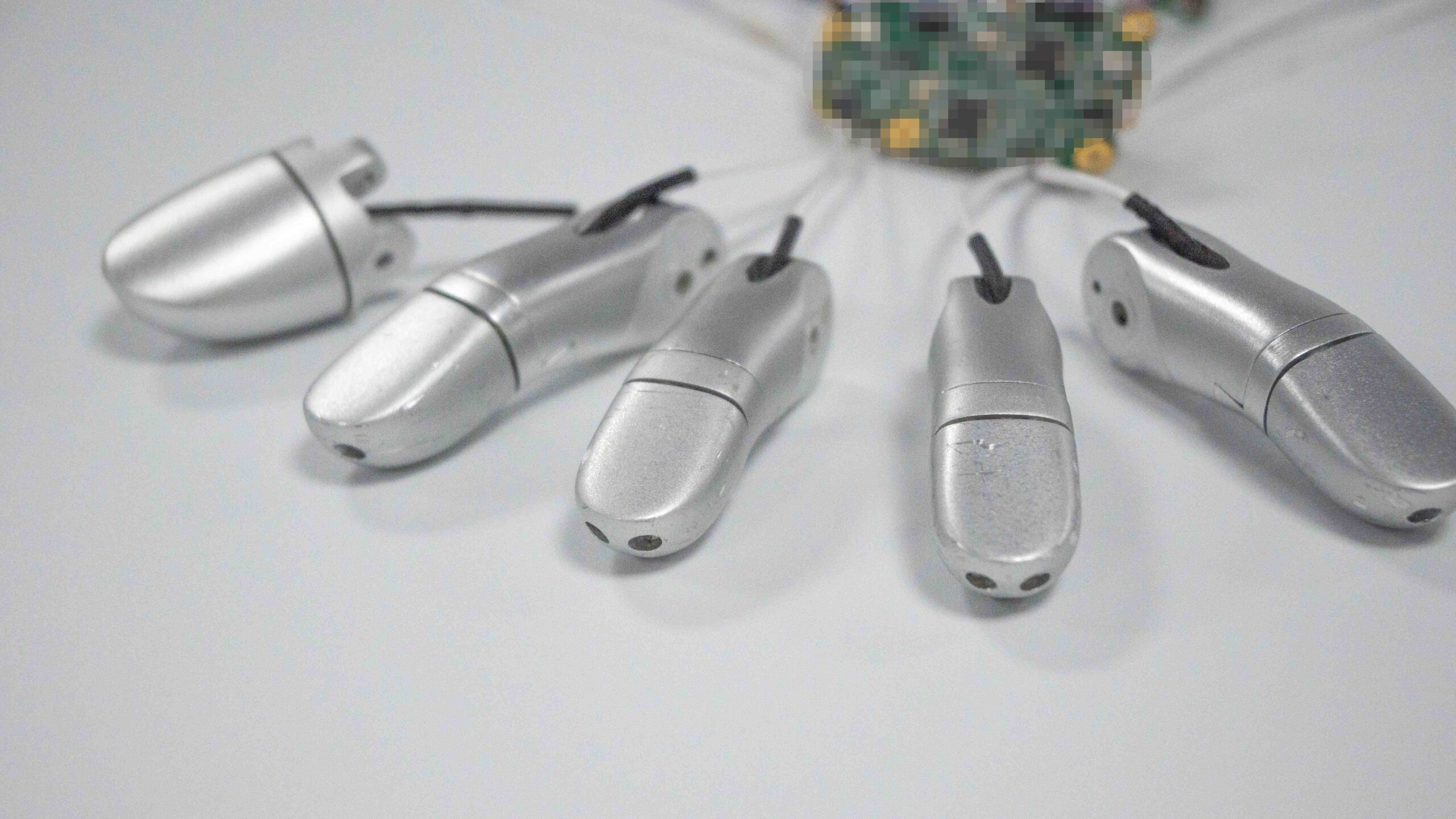As a core component in mechanical manufacturing, cutting tools are widely used in various fields like machining, automotive, aerospace, electronics, and medical device industries. Their performance and quality directly determine machining efficiency and product quality. In recent years, machining processes have maintained their key role in global manufacturing, with steady market demand growth. The intelligent upgrade has led tooling industry to undergo a transformation from traditional manual or machine-based interchangeable tools to more advanced technological solutions. Driven by the growing demand in high-end manufacturing sectors, the market demand for large cutting tools is expanding rapidly. This has led to the continuous introduction and development of new technologies and materials in tool manufacturing to enhance the performance and service life of cutting tools.

Highly customized cutting tools and solutions are often challenging to achieve through traditional subtractive processes. Leveraging its features in lightweight design, high quality, precision manufacturing, and integrated forming, 3D printing technology enables the production of cutting tools that better meet the demands of advanced manufacturing. Furthermore, these additive-manufactured tools can deliver superior performance and extended service life compared to conventional counterparts.

Conventional manufacturing processes, particularly for mechanical components like cutting tools, typically follow a subtractive approach involving material cutting and assembly. Take BLT’s milling cutter discs and tool holders that debuted at this year’s TCT Asia as an example, producing such components would traditionally require CNC lathes to perform multiple machining operations including face milling, contouring, drilling, and boring. This legacy process not only demands substantial manpower and resources, but also results in greater material waste.

Integrated Printing: Reducing Operational Energy & Resource Waste
BLT has redesigned milling cutter discs and tool holders through metal 3D printing technology, achieving integrated manufacturing with its BLT-S400.Compared to traditional manufacturing processes, this method not only avoids material waste caused by cutting operations, but also allows for the complete recycling of unused metal powders, significantly reducing resource consumption. Based on additive manufacturing principles, BLT has engineered more sophisticated flute geometries that not only minimize reliance on traditional machine and processes, but also achieve remarkable weight reduction. The final products weigh just 0.524kg for the milling cutter disc and 0.228kg for the tool holder. This innovative design achieves substantial reductions in both operational energy consumption and resource waste.

Optimized Cooling Channel Design: Extending Tool Service Life
The cutting tools manufactured via BLT-S400 not only feature optimized structural designs but also demonstrate extended service life. Unlike conventional machining methods that rely on drilled cooling channels, which are limited to simple geometries due to technical constraints, BLT’s 3D printing technology enables optimized coolant channels designed from the outset. These channels directly and efficiently deliver coolant to the cutting edge, effectively preventing overheating and hardness reduction. The precision of our printing process also ensures better balance in 3D printed tools, resulting in more rational coolant flow direction. This enhancement further improves cooling and lubrication effectiveness, thereby extending tool service life.

In summary, the milling cutter discs produced by BLT-S400 incorporate built-in cooling channels that significantly enhance tool lifespan. The additive manufacturing process enables lightweight designs that reduce rotational inertia and lower energy consumption. Additionally, this technology allows for complete customization, improving tool flexibility and simplifying milling processes. The BLT-S400 system features a generous build volume of 400mm×300mm×400mm(W×D×H),capable of meeting both mass production and customized demands across most industrial applications. The machine offers extended service life with minimal gas consumption, ensuring 24/7 production capacity. The machine can be configured with up to six lasers, significantly enhancing production efficiency.



